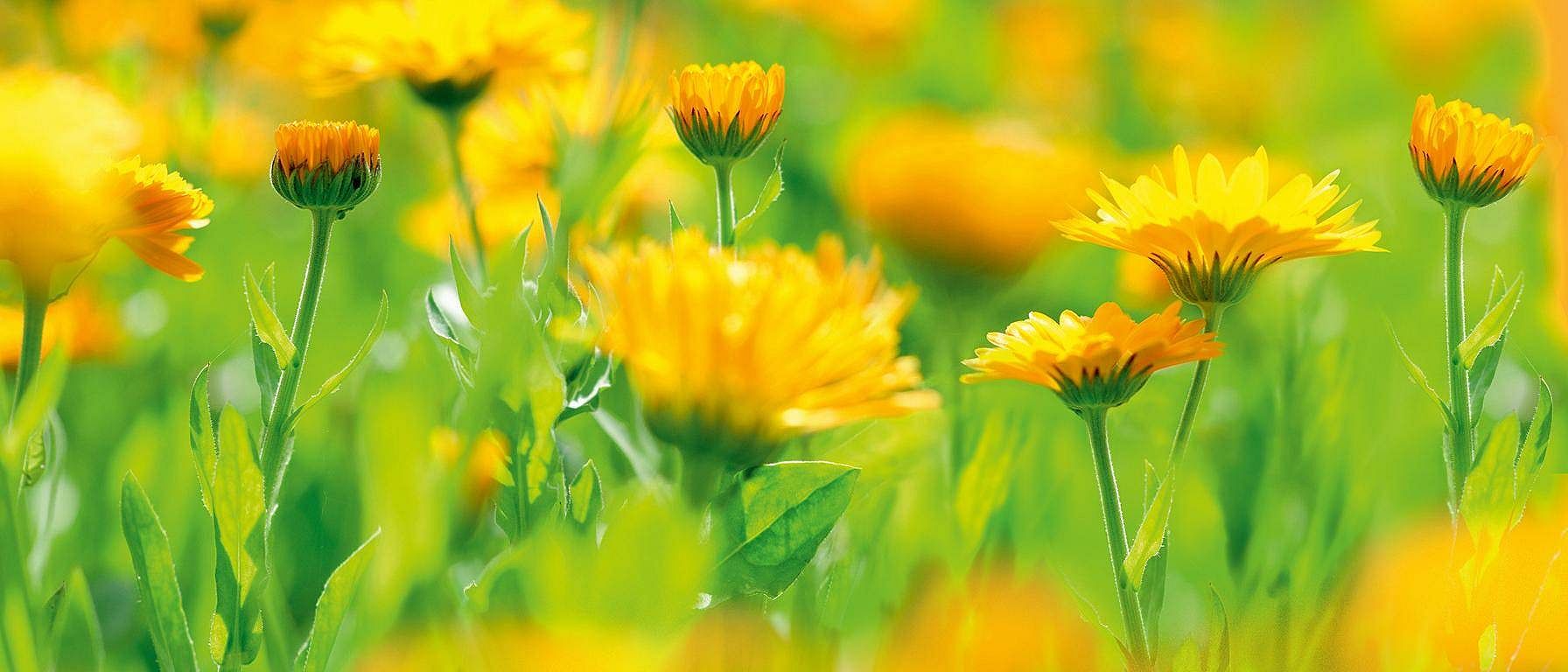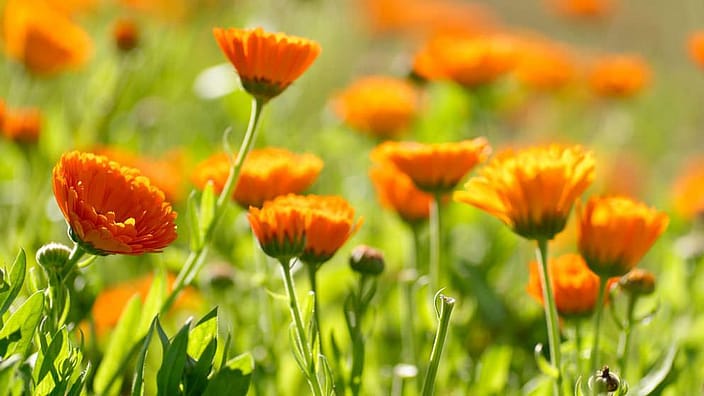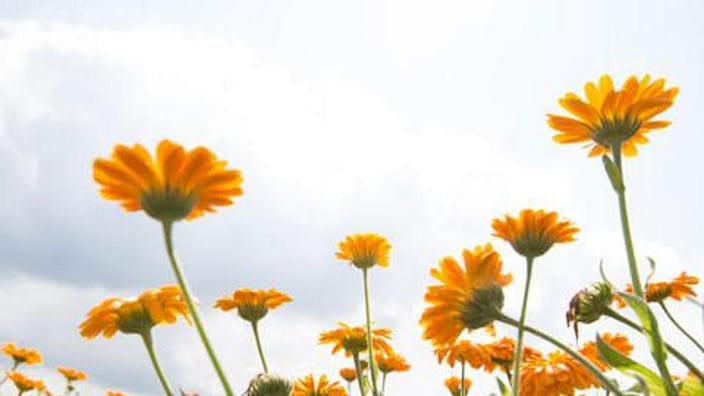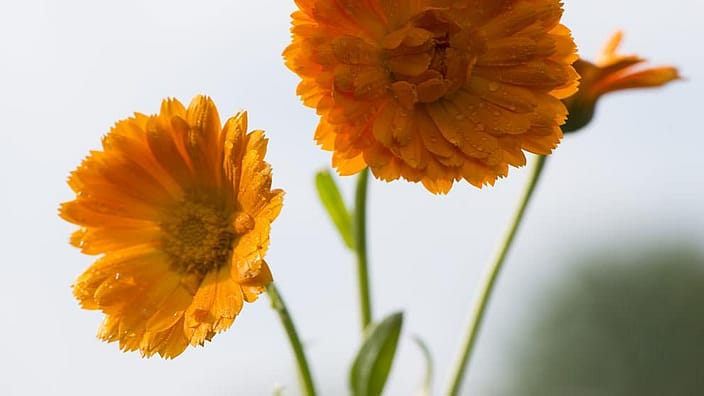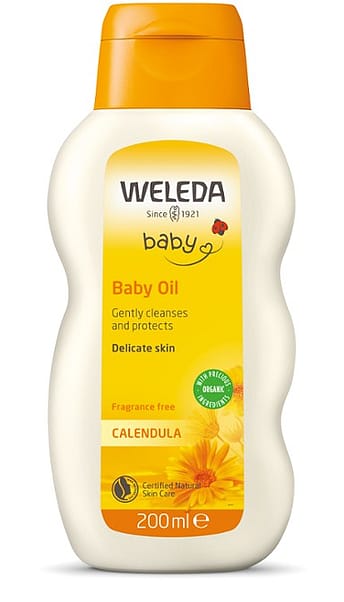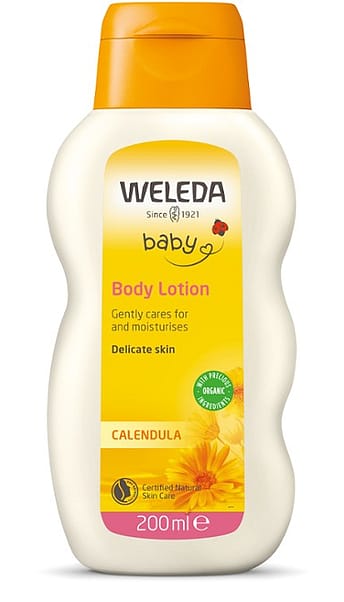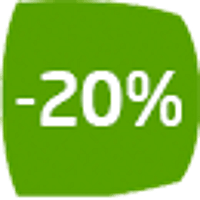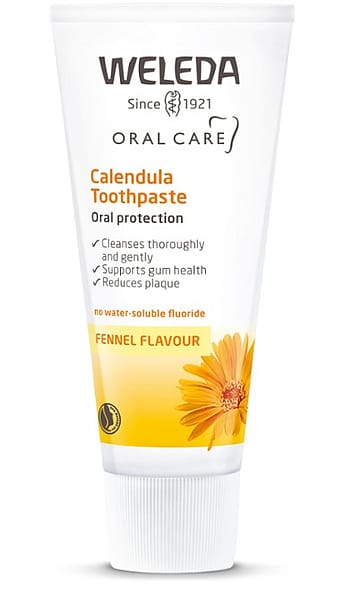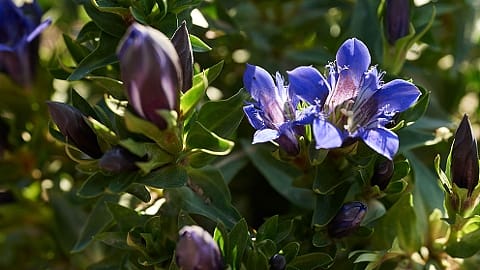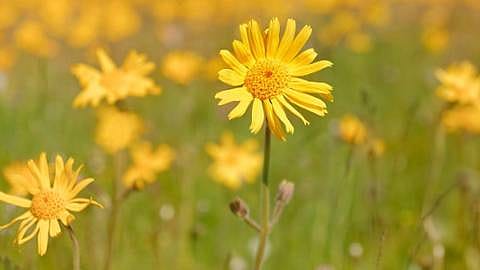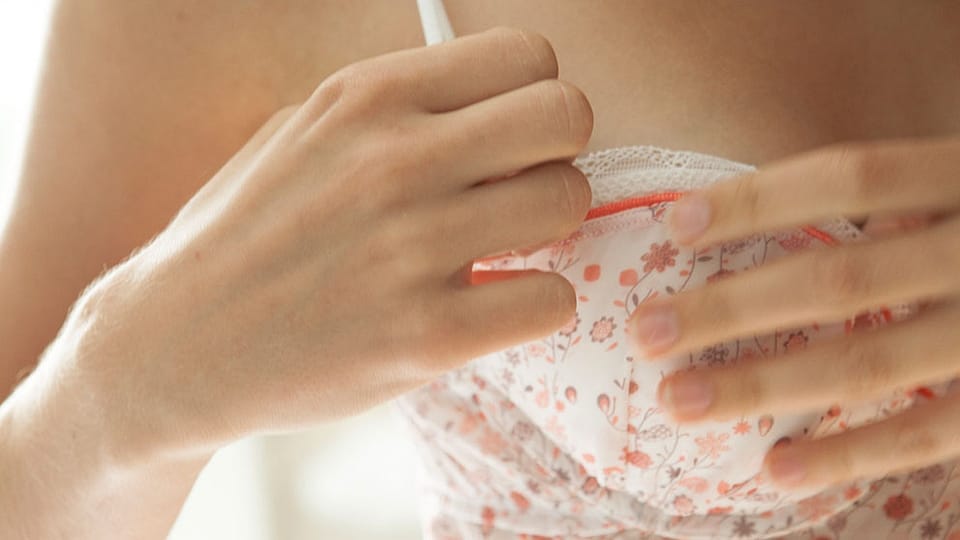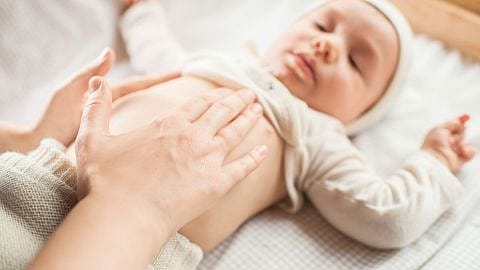Calendula
A garden favourite with great healing, soothing and restorative properties
The calendula plant is an essential feature of healing and ornamental gardens, as well as a popular garden flower.
The calendula plant, known affectionately as marigold, pot marigold, or common marigold is an essential feature of healing and ornamental gardens, as well as a popular garden flower. Hardly any other plant is as versatile and effective, which is why we have been cultivating it for its healing powers in our medicinal gardens for more than 80 years.
Calendula was not only popular as a medicinal plant. The radiant, sunny and vigorous flowers were also common as an ornamental plant among the Greeks and Romans, Indians and Arabs. The golden dye of calendula has long been used for fabrics, foods and cosmetics and in Europe, where the plant was introduced in the late Middle Ages, it quickly established itself as a welcome addition to food and as a medicinal plant.
Collecting energy from the sun
Calendula's energetic and vibrant growth combines the elements of water and fire, with a warming, scented resin found in its lush, moisture-rich leaves and stems. The bright yellow, orange and red flowers of calendula are real sun traps, absorbing large amounts of light and warmth. The active compounds of calendula combat inflammation and promote the formation of new tissue while its carotenoids, flavonoids and essential oils strengthen the skin against external influences. Calendula is therefore particularly valued for its vibrant, restorative powers, which have a protective and defensive effect on healthy skin structures. Equally, it has a soothing, uplifting effect on skin that has become unbalanced – dry, inflamed or stressed.
Restorative powers for healthy skin
Due to the plant’s calming and uplifting character, calendula is great for the delicate skin of new-borns and toddlers. Particularly in babies and young children, the skin forms a warming and protective layer with fat stores to ensure the healthy function of internal organs. But young skin can’t adapt to sudden changes in temperature on its own. Baby skin needs additional support in the form of loving care, clothing and warming treatments. This is where the soothing extracts of calendula come in, helping to develop the resistance and protective role of young skin.
With such strong regenerative and protective capabilities, calendula plays a key role in many of our products. The flowering heads of the blooming plants are used to create calendula extracts in lotions, elixirs, tinctures, oils, creams and many other body products. You will find tinctures and oil extracts of this radiant plant in about 30 of our medicines and skincare and, because calendula is indispensable for developing children's skin, for over 50 years the marigold has been the lead plant for our baby and child care. This herb is so safe that it can be used internally, externally and as a homeopathic wound healer. The chemical composition of Calendula is what makes it such a powerful healer. The plant contains triterpene saponins and mucilage, both of which exert a softening and healing effect on external skin surfaces and on internal mucous membranes. Calendula also contains carotenoids which speed up the healing rate of skin, and flavonoids which reduce cellular aging and maximize the integrity of cell walls. Where-ever there is skin irritation and redness, an anti-inflammatory action is needed to help the skin recover. Here the triterpene alcohols in calendula exert their powerful inflammation reducing effects. They contribute to the plants overall ability to heal wounds such as burns, cuts and grazes as effectively or more effectively than conventional steroidal applications.
The gentle herb and its many uses for babies and parents
Nappy Rash: Calendula improves skin tone, strength, hydration, regenerative power and fights infections from surrounding bacteria. If your nappy change cream or rash relief cream also contain zinc oxide this will further help by protecting the skin against dampness and wet spots, which encourage fungal infections.
Cradle Cap: A little Weleda Baby Calendula Oil massaged into the areas of your baby’s scalp affected by cradle cap, will loosen up the scabs so that they can fall out sooner. Underlying skin is softened and heal in the meantime. Picking or scratching at the scabs exposes the raw underlying skin to infection, and only compounds the problem! The beauty of calendula oil is that it prevents the need to do this.
Sore Nipples: Cracked or sore nipples makes for a difficult and painful breastfeeding experience, so you want the most gentle and nourishing medicines and calendula is just that. Applying a nipple balm that contains calendula to your dry nipples in between feeds is a good preventive measure.
A word of advice
Always buy organic and biodynamic calendula products. Research shows that it is the organic calendula extracts and not the non-organic products that possess the powerful anti-inflammatory and anti-viral activities. Also, for pregnant mothers, it is not recommended to drink calendula tea as it stimulates menstruation.
References
- Renee van Leeuwen, (2007) Dutch Pure Pregnancy Book Weleda, Holland
- McIntyre A (1995) The Complete Womana's HerbalHenry Holt & Co, New York
- Ody P (2002) Essential Guide to Natural Home Remedies, Kyle Cathie Ltd, United Kingdom
- Bone K, Mills S (2000) Principles & Practice of Phytotherapy, Churchill Livingstone, London
- Bone K (2007) he Ultimate Herbal Compendium, Phytotherapy Press Australia
- Kraft K, Hobbs C (2000) Pocket Guide to Herbal Medicine, Thieme, New York
- Pommier P, Gomez F, Sunyach MP, D'Hombres A, Carrie C, Montbarbon X, 2004, Phase III Randomized Trial of Calendula Officinalis Compared With Trolamine for the Prevention of Acute Dermatitis During Irradiation for Breast Cancerâ, Journal of Clinical Oncology, Vol.22, No.8, pp. 1447-1453
- Anonymous, 2001, Final report on the safety assessment of Calendula officinalis extract and Calendula officinalis, International Journal of Toxicology Vol.20, Suppl 2, pp:13-20
- Fuchs SM, Schliemann-Willers S, Fischer TW, Elsner P. (2005) Protective effects of different marigold (Calendula officinalis L.) and rosemary cream preparations against sodium-lauryl-sulfate-induced irritant contact dermatitis., Skin pharmacology and physiology Vol.18 No.4, pp:195-200.
- Kalvatchev Z, Walder R, Garzaro D (1997) Anti-HIV activity of extracts from Calendula officinalis flowers, Biomedicine and pharmacotherapy. Vol.51, No.4, pp:76-80
- Akihisa T, Yasukawa K, Oinuma H, Kasahara Y, Yamanouchi S, Takido M, Kumaki K, Tamura T. (1996) Triterpene alcohols from the flowers of compositae and their anti-inflammatory effects. Phytochemistry. Vol.43 No.6 pp:1255-60
- HÃkkinen S. (2000) Flavonols and Phenolic Acids in Berries and Berry Products Kuopio University Publications, Finlan
